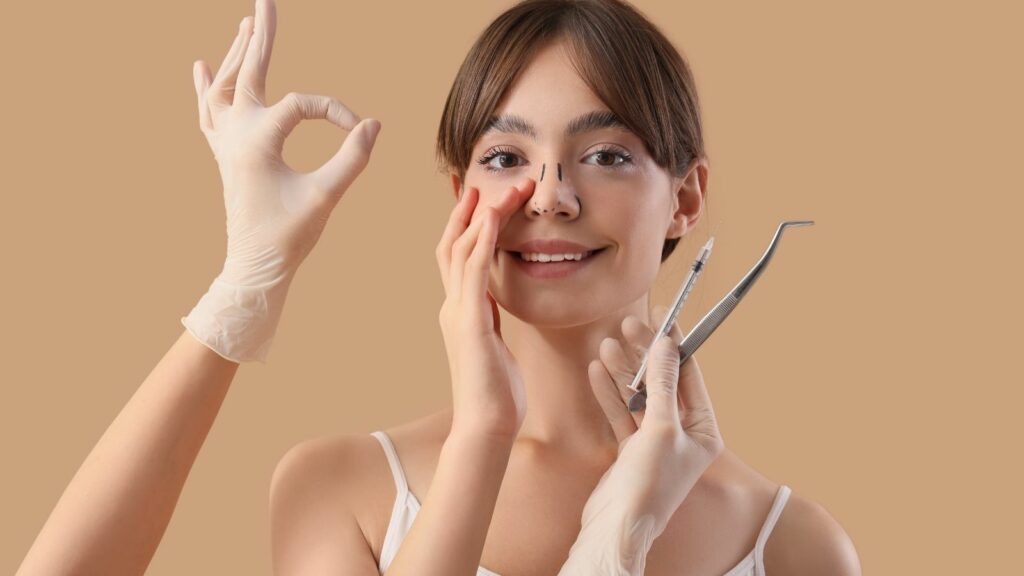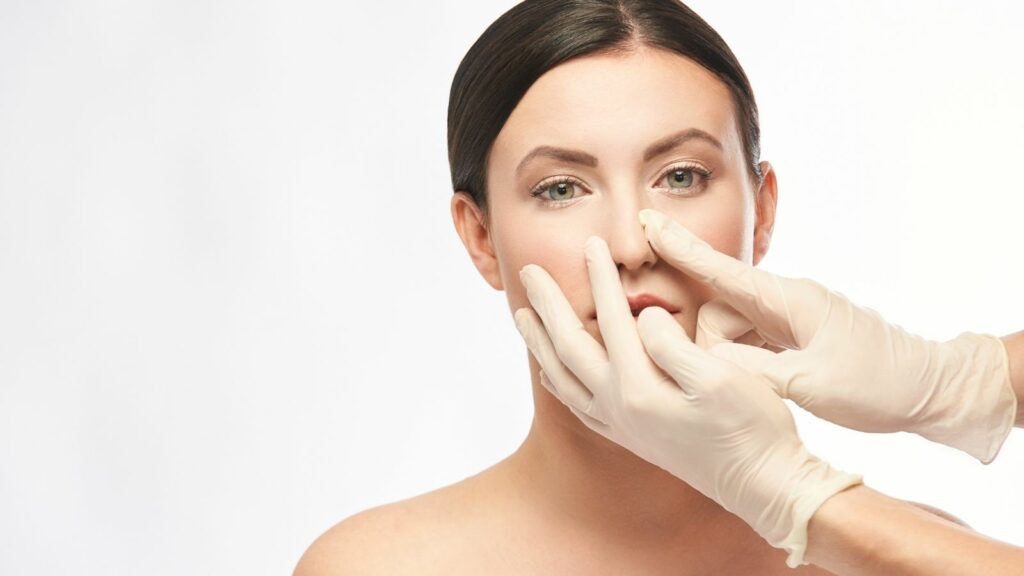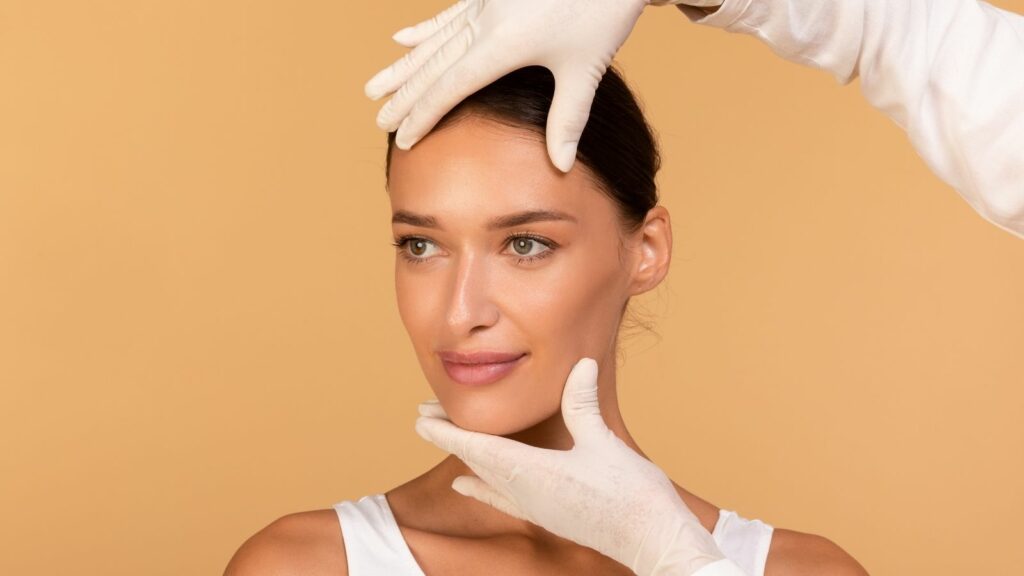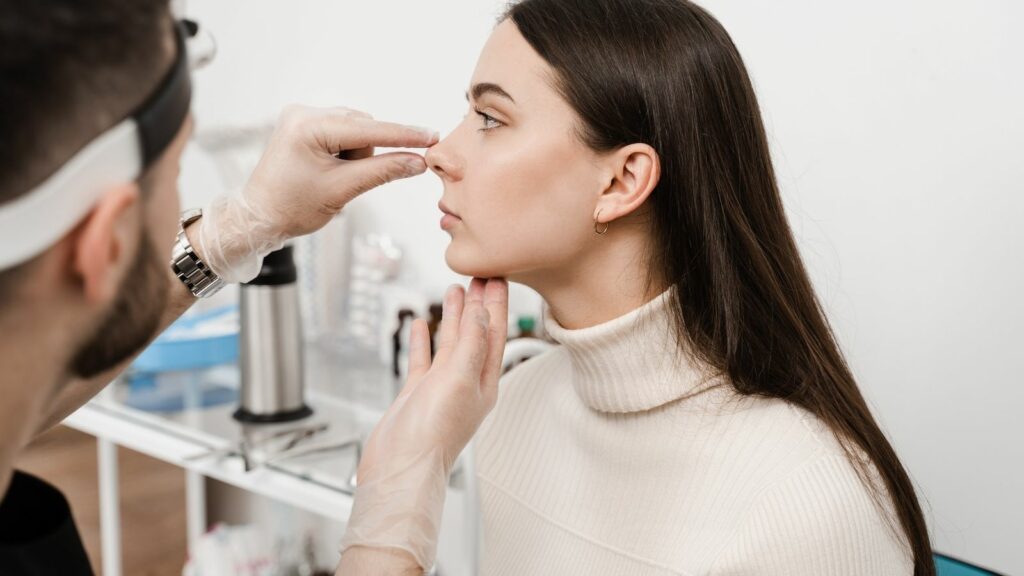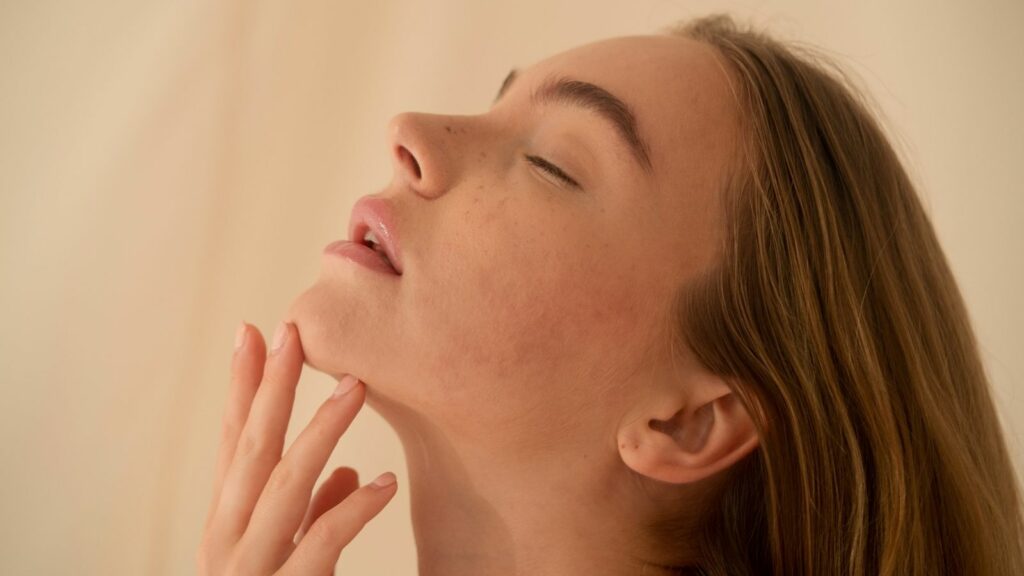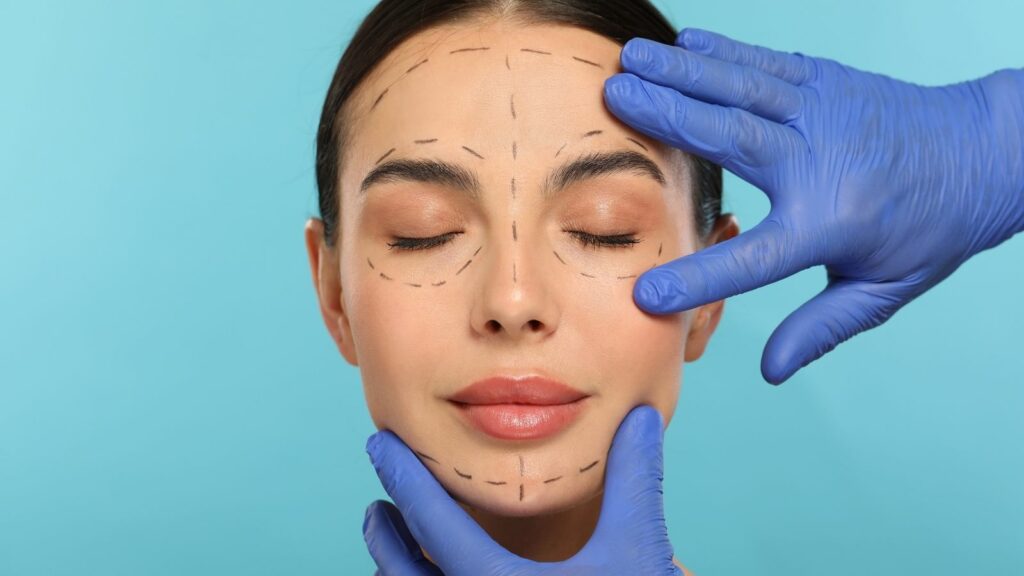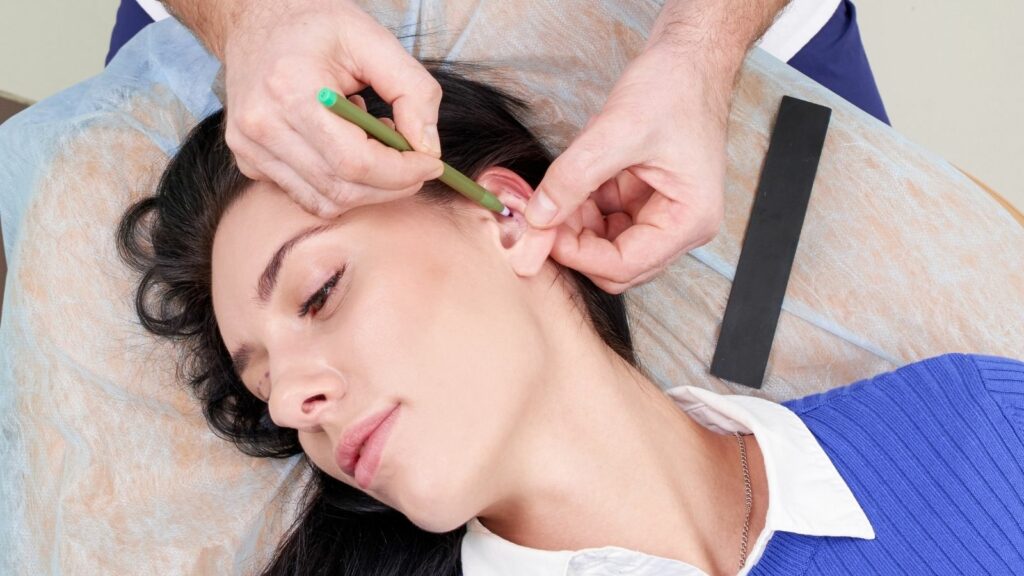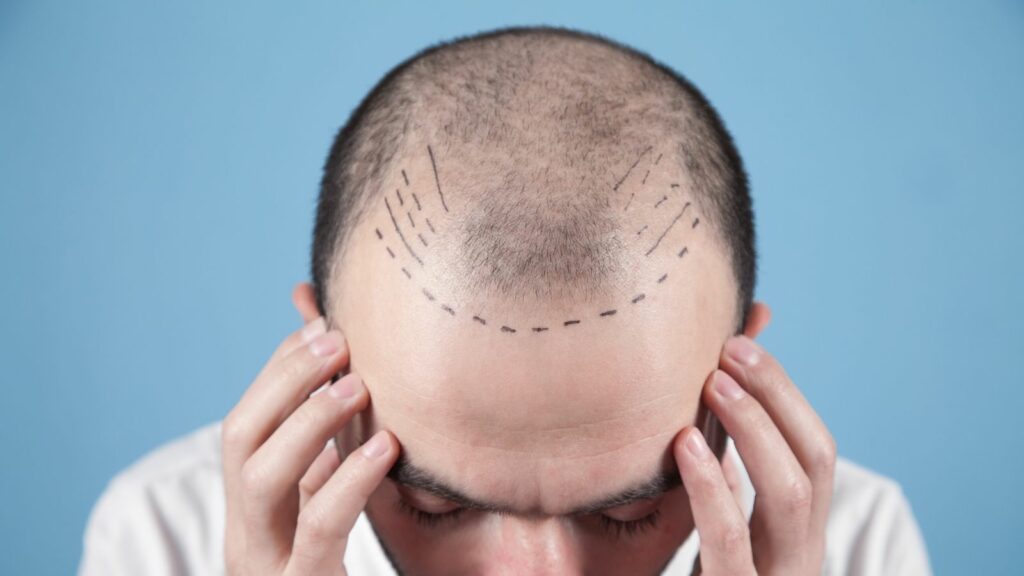Rhinoplasty is shaped by the surgeon’s experience, technological infrastructure, and the quality of healthcare services. Turkey stands out among the leading countries in Europe and the Middle East, being preferred for its modern techniques and affordable costs.
Among the preferred countries for rhinoplasty, Turkey, the United States, and South Korea rank at the top. Turkey stands out with its high patient satisfaction and international recognition. The United States is known for advanced surgical methods, while South Korea draws attention with its techniques focused on natural appearance.
In terms of cost, Turkey offers an advantage with more affordable pricing policies. While surgery fees in European countries and the United States remain higher, Turkey provides both economic and qualified healthcare services, making it especially attractive for international patients.
When choosing a country for rhinoplasty, the surgeon’s expertise, the technologies used, and hospital standards should be considered. Hygiene conditions, post-operative care opportunities, and ease of transportation are also among the factors that directly affect the treatment process.
Which Criteria Should You Pay Attention to When Making the Right Decision?
A successful rhinoplasty surgery requires a perfect harmony of several important factors. It is not just about the surgeon’s performance in the operating room; the process begins with the first consultation and continues until recovery is complete. Along this journey, there are fundamental criteria that should serve as your compass. When we put price aside for a moment and focus on quality, safety, and outcome, the most important points to consider are:
- The surgeon’s experience and area of expertise
- The hospital’s internationally recognized quality certification
- Modern and patient-friendly technologies used during the operation
- Post-operative care and long-term follow-up support
- A transparent and comprehensive service package covering the entire process
Now let’s elaborate a bit on what these points mean. A surgeon being simply a “plastic surgeon” does not necessarily mean that he is specialized in the nose, which is a complex organ both aesthetically and functionally. What matters is how much of the surgeon’s career has been dedicated to this specific field. The experience of a surgeon who has performed hundreds or even thousands of rhinoplasty surgeries grants invaluable foresight and skill when facing different anatomical structures and potential challenges.
Similarly, the hospital where the surgery is performed is at least as critical as the surgeon. Joint Commission International (JCI) accreditation is the gold standard in this regard. This certificate proves that a hospital complies with the strictest international safety protocols in hundreds of areas, from infection control to patient rights, from emergency preparedness to staff training. In other words, undergoing surgery in a JCI-accredited hospital means entrusting yourself to a proven safety network, no matter where in the world you are.
What Are the Differences Between Popular Countries for Rhinoplasty?
In today’s globalized world, the options for aesthetic surgery are abundant. Each country has its own strengths and weaknesses. Let’s take a look at these popular destinations.
- The United States and Western European Countries like Germany
Pros: They generally provide the highest standards in medicine and technology. Their legal and regulatory frameworks are very strong, which gives patients assurance.
Cons: Costs are far above the global average. The surgical fee alone can be discouraging for many. Since insurances do not cover cosmetic surgeries, all expenses must be paid out of pocket.
- South Korea
Pros: It is recognized as the world leader, especially in Asian facial aesthetics. They have enormous case volume and advanced techniques.
Cons: For Western patients, the aesthetic perception can be quite different. Meeting expectations may be challenging due to language and cultural barriers.
- Brazil and Mexico
Pros: Brazil is famous for the artistic skills of its plastic surgeons. Mexico is popular especially among North Americans for its proximity and affordable prices.
Cons: The variability in regulatory oversight and standards can pose a risk for international patients. Careful research is essential to find the right surgeon and clinic.
- Turkey
Pros: With European-standard medical education, cutting-edge technology (such as Piezo), surgeons highly specialized in certain areas, and all of this offered at much more accessible costs compared to Western Europe, Turkey stands out. For Turks living in Europe, it provides both cultural familiarity and geographical accessibility.
Cons: With the increasing popularity, many clinics with variable quality standards have emerged. Therefore, choosing should always be based on concrete evidence such as JCI accreditation and the surgeon’s international competency certifications.
This table shows us an important truth: while some countries offer “general surgical excellence,” countries like Turkey have transformed into “hyper-specialized” centers in specific fields such as rhinoplasty. This means a surgeon devotes almost all his time and energy to mastering a single procedure. This directly reflects on the quality and consistency of the results.
So, What Makes Turkey Stand Out in Rhinoplasty?
Turkey’s rise as a shining star in medical tourism, especially in rhinoplasty, is no coincidence. Behind this success lie several solid pillars that are interconnected.
The first is the training and international integration of surgeons. To become a plastic surgeon in Turkey, one must complete 6 years of medical school followed by at least 5 years of challenging specialization training. This 11-year process provides a solid foundation. However, what really matters is the international recognition of this training. For example, the qualification certificate granted by the European Board of Plastic, Reconstructive, and Aesthetic Surgery (EBOPRAS) is like a “European quality passport.” A Turkish surgeon holding this certificate has gone through the same tough exams and met the same competency standards as colleagues in Germany or France. This is the most concrete assurance that eliminates quality concerns.
The second is the tremendous case experience. Think about it this way: how different would the mastery of a musician be if he played a piece only ten times in his life compared to thousands of times? Surgery works the same way. According to reports from international organizations such as ISAPS, Turkey hosts hundreds of thousands of international patients every year. This means that a rhinoplasty-specialized surgeon performs hundreds of operations annually. This high volume allows the surgeon to encounter every type of nose structure, develop solutions even in the most challenging revision cases, and perfect manual skills.
The third is the combination of quality and value. Leading private hospitals in Turkey provide world-class services with modern infrastructures and international accreditations such as JCI. However, due to the country’s economic structure and competitive market, this high quality is offered at much more reasonable costs compared to Western counterparts. This means patients can access the best technology and the most experienced surgeons without straining their budget.
Which Advanced Techniques Are Used in Modern Rhinoplasty?
In the past, rhinoplasty brought to mind a rather traumatic operation where bones were shaped by being “broken” with chisels and hammers, making the recovery process difficult. These methods often led to unwanted irregularities on the nasal bridge, prolonged bruising, and swelling. However, medicine and technology have created a revolution in this field in recent years. Modern rhinoplasty philosophy is built not on “breaking and rebuilding” but on “preserving and gently shaping.” Two fundamental advanced techniques bring this philosophy to life.
What Is Preservation Rhinoplasty and What Advantages Does It Offer?
As the name suggests, preservation rhinoplasty is an approach that respects and preserves the natural anatomical structures of the nose as much as possible. In the traditional method, the nasal hump was reduced by rasping or cutting the bone and cartilage on the nasal bridge. This would disrupt the natural roof structure of the nose. In the preservation technique, however, this structure is left intact. Instead, the surgeon works underneath the nasal skeleton, lowering the entire nasal dorsum in one piece, almost like an elevator. This philosophy offers concrete advantages to patients:
- A much more natural appearance without the “operated” look
- Significantly less post-operative swelling and bruising
- A more comfortable and faster recovery period
- More stable long-term results since the supporting structures are preserved
- Reduced risks such as nasal tip drooping
- Better preservation of breathing functions
This technique is ideal especially for first-time patients with a prominent nasal hump. It is a refined method aimed at harmonizing the nose with the rest of the face without compromising its natural beauty.
How Has the Ultrasonic (Piezo) Device Changed Rhinoplasty?
If preservation rhinoplasty is the “philosophy” of the modern approach, Piezo surgery is the “technology” that makes this philosophy possible. The Piezo device is a groundbreaking tool that harnesses the power of sound waves. By producing high-frequency ultrasonic vibrations, it enables the surgeon to cut and shape only the hard bone tissue with millimetric precision, without causing any damage to surrounding soft tissues (skin, mucosa, nerves, blood vessels). Think of it as a sculptor carving marble without even touching the velvet cloth underneath. Instead of the brute force of chisels and hammers, the controlled and gentle power of Piezo is used. The superiority of this technology, proven by scientific studies, is crystal clear:
- Millimetric precision in cutting bones exactly where desired
- Minimal bleeding and bruising since surrounding vessels and nerves are unharmed
- Elimination of uncontrolled or unwanted bone fractures
- A far more painless and comfortable post-operative period for the patient
- Faster healing thanks to less tissue trauma
- Much more predictable and smooth results
The most advanced approach is to combine these two modern techniques. In other words, while preserving nasal structures through preservation rhinoplasty philosophy, bone shaping is carried out with the precision of the Ultrasonic (Piezo) device. This combination today represents the highest-level approach that offers patients both the most aesthetic and natural result as well as the most comfortable recovery period.
Why Is Revision Rhinoplasty Different for Patients Who Have Had Surgery Before?
Revision rhinoplasty, meaning the reoperation of a patient who has undergone one or several previous nose surgeries, is one of the most challenging and complex areas in aesthetic surgery. The reason is that the surgeon is not working on a “clean canvas.” Internal scar tissue (fibrosis) from the first operation, altered and weakened cartilage structures, disrupted anatomy, and sometimes insufficient blood supply all pose significant challenges. This is akin to reconstructing a building from its foundation to be both stronger and more aesthetic.
Success in such surgeries requires the surgeon to master not only standard rhinoplasty techniques but also reconstructive surgery. Often, cartilage must be harvested from the patient’s rib or ear to rebuild the nose. This requires additional expertise and experience. At this point, the experience of high-volume Turkish surgeons comes into play. In addition to numerous primary surgeries, surgeons treating challenging revision cases from all over the world accumulate invaluable expertise in this field. Research shows that the success rate in revision cases is significantly higher in specialized, high-volume centers.
How Does the Rhinoplasty Process Work for an International Patient?
Living in Germany, France, or another European country and considering surgery in Turkey may initially seem intimidating and complex. However, leading clinics in Turkey have established professional systems to make this process as simple, stress-free, and comfortable as possible for international patients. Generally, the journey progresses step by step, like a carefully planned roadmap:
- Step 1: Online Initial Consultation and Planning
Everything usually begins with a video consultation at a time convenient for you. In this session, you directly share your expectations, wishes, and concerns with the surgeon. Using the photos you send, the possible post-operative outcome is shown to you with 3D simulation technology. This way, before you even travel, you have a clear idea of what to expect.
- Step 2: Finalizing the All-Inclusive Package
One of the greatest advantages of modern clinics in Turkey is their transparent “all-inclusive” packages. These packages typically cover the surgery fee, anesthesia, JCI-accredited hospital expenses, medications, VIP airport and city transfers, accommodation at a 4–5-star hotel, and a translator/patient coordinator who will accompany you throughout the entire process. This ensures that you won’t encounter unexpected costs.
- Step 3: Arrival in Turkey and Preparation
When you arrive in Istanbul, a private car greets you and takes you to your hotel. Usually, the next day, you meet your surgeon face-to-face for a final examination and planning. Then, pre-operative preparations such as blood tests are completed at the hospital.
- Step 4: Surgery and Initial Recovery Period
Your surgery is performed in a hospital equipped with the most modern facilities. After usually spending one night under observation, you move to your comfortable hotel room to rest and recover.
- Step 5: Final Check-up and Return to Your Country
It is generally recommended to stay in Turkey for a total of 7–8 days. At the end of this period, your surgeon conducts the final check-up, removes your splint and silicone tampons (if used), and gives you clearance to safely return to your home country.
- Step 6: Long-Term Online Follow-up
The process does not end once you return home. A good clinic maintains communication with you throughout your recovery. Regular online follow-ups (at 1 month, 3 months, 6 months, and 1 year) are arranged to monitor your progress and answer any questions you may have.
Is Rhinoplasty in Turkey Really More Advantageous?
The answer to this question is quite clear even when looking at the numbers alone. However, it is important to correctly understand the reason behind this economic advantage. The benefit does not come from a compromise in quality but from purely economic and structural factors. Let’s make a comparison: In Germany, the fee for a good surgeon usually ranges between €6,000 and €10,000. When you add anesthesia, hospital costs, and other expenses, the total cost can easily exceed €15,000.
So how is it that in Turkey, a complete package—including surgery, a 5-star hotel, all transfers, and other services—often costs less than just the surgeon’s fee in Germany? The reasons are quite simple. General operating costs in Turkey, such as staff salaries and clinic rents, are lower compared to Western Europe. In addition, high competition in medical tourism encourages clinics to operate more efficiently and offer more reasonable prices. As a result, patients gain access to the same high quality, the same advanced technology, and even more experienced surgeons without straining their budget. This is not about being “cheap” but about making a smart “value” investment.

